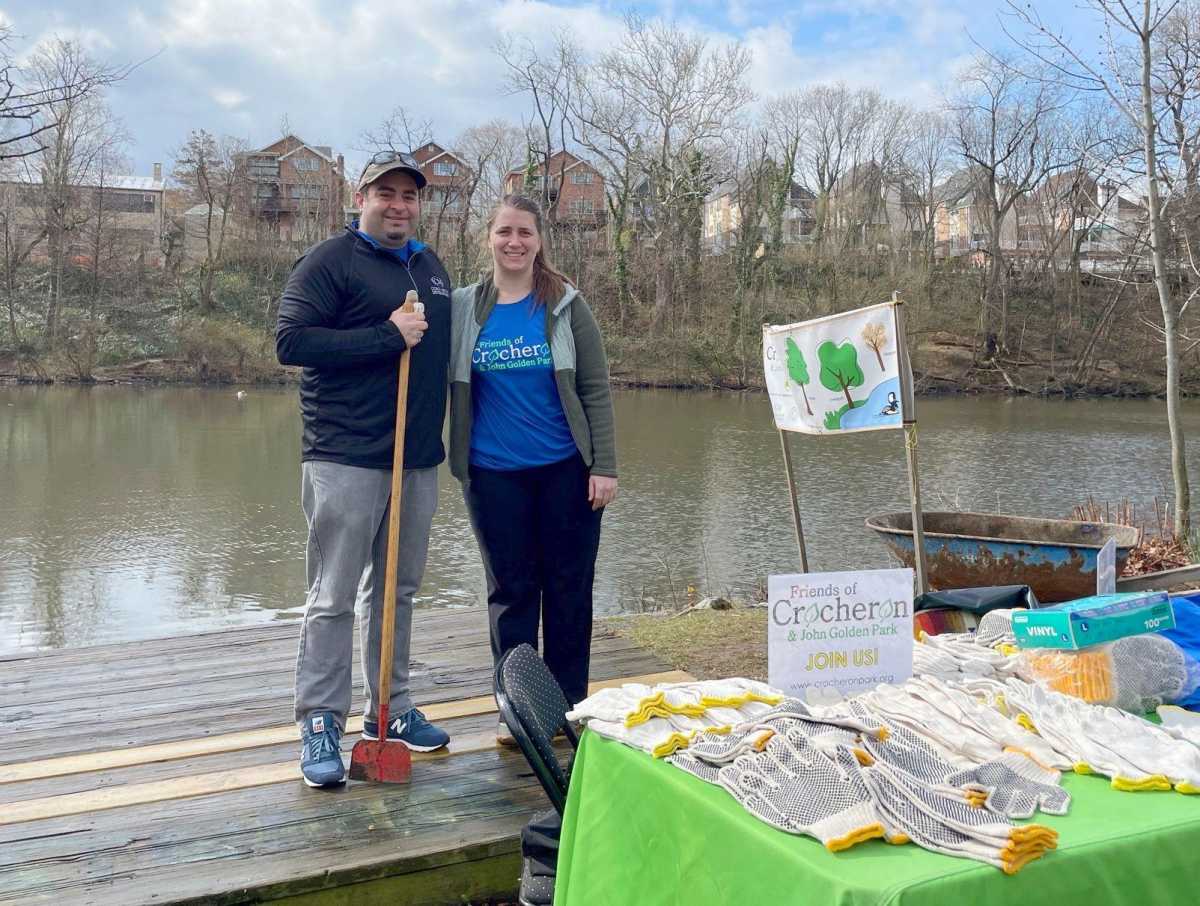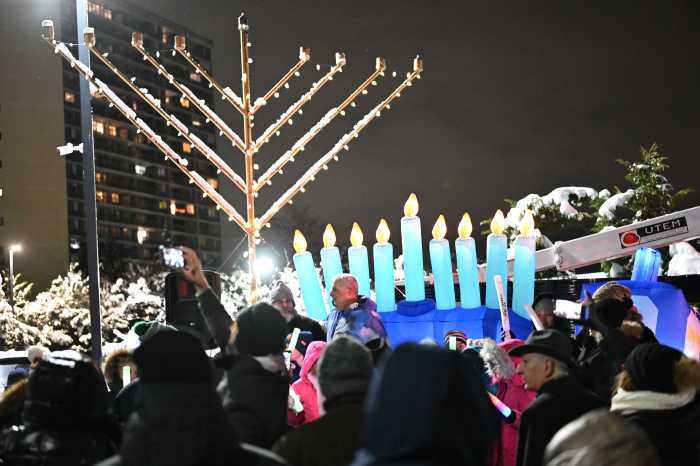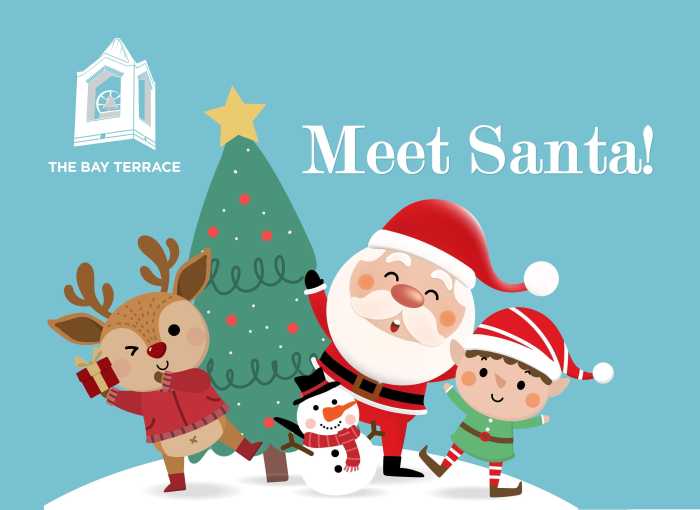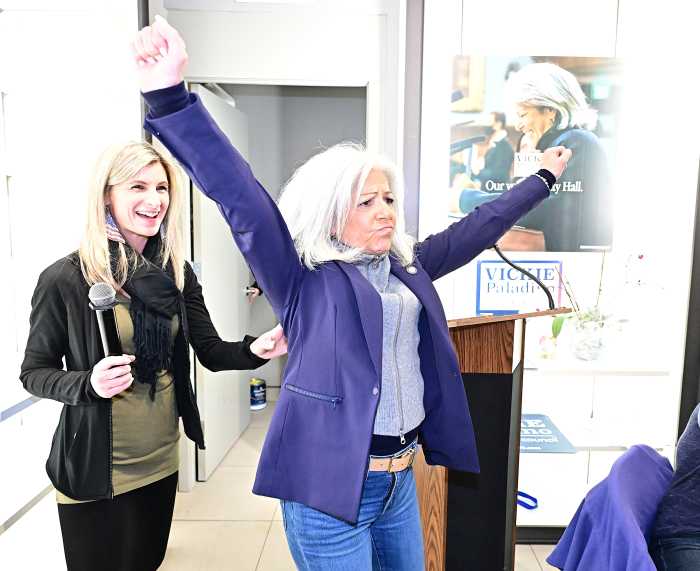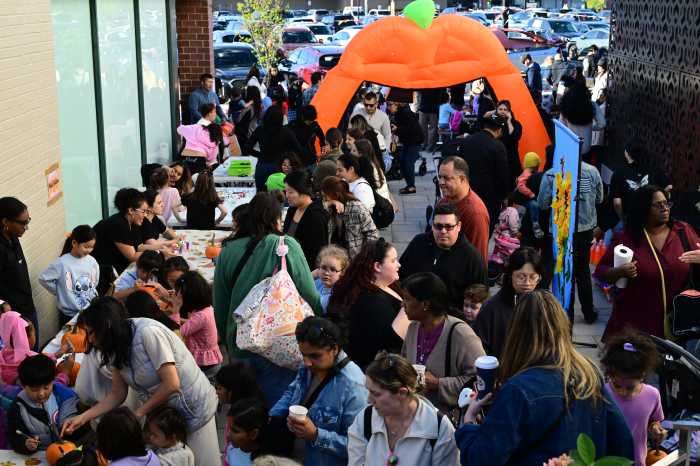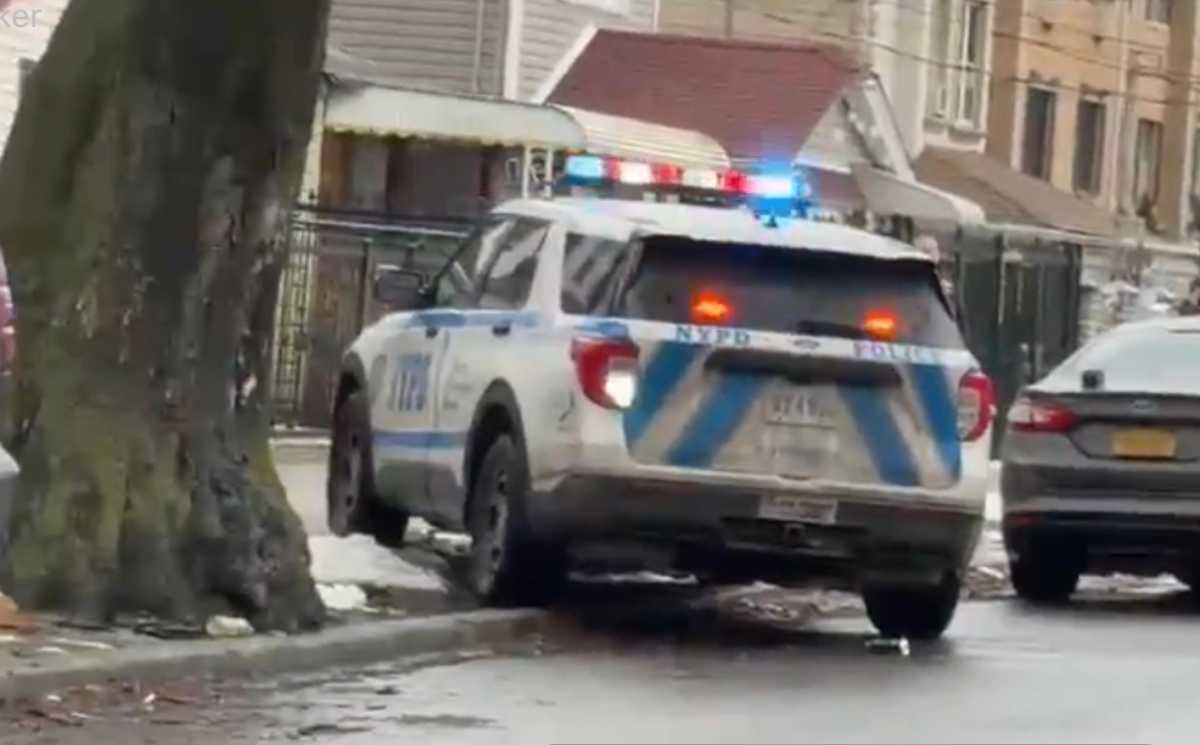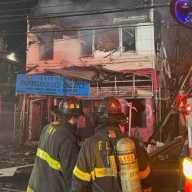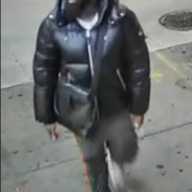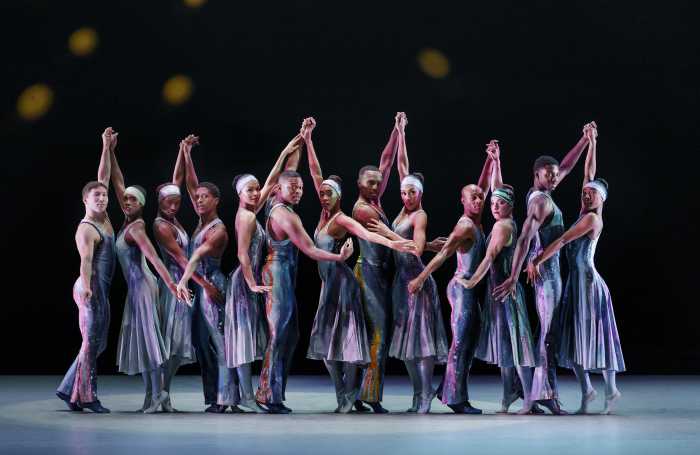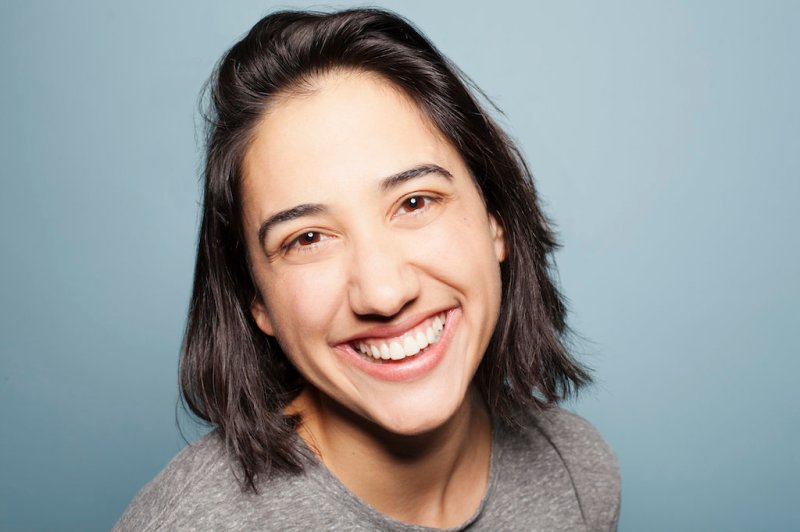As Cord Meyer Development Company continues to serve the Bayside community and local organizations, it has sponsored the Friends of Crocheron and John Golden Park in its environmental efforts. Cord Meyer Development stepped in as a lead sponsor for the nonprofit in 2022.
Jessica Burke established the nonprofit in the summer of 2020. In addition to helping to eliminate litter in the park, the organization has worked to help connect members of the community.
“From the get-go, it was very clear that I needed to have a source of funding,” Burke said. “The amount of time that was spent trying to get donations in and get the word out, and not spend too much money of my own on things, was a bit difficult.”
Burke credits the support from Cord Meyer Development for helping Friends of Crocheron and John Golden Park grow and make a bigger impact. Thanks to having the support from Cord Meyer Development, Friends of Crocheron and John Golden Park has been able to focus less on trying to raise funds and more on community outreach. This has led to attracting more members of the community and achieving more goals.
“Not only is this something that a few community members think is important, but also a large corporation that really has such a history in Queens and the Bayside area,” Burke said. “That has given us a lot of power to be able to continue conversations with people and to show that
we are serious about our advocacy.”
Cord Meyer Development has prioritized assisting local nonprofits in Bayside. In addition to strengthening its ties to the community by supporting this organization, it is also building a connection on a historical level.
Cord Meyer Development Vice President and Bay Terrace Project Lead Joe Forgione noted the parallels between the estates of Charles G. Meyer, the son of Company Founder Cord Meyer, and John Golden and how they have been utilized to help the community over the years. Much of John Golden’s estate has become parkland for members of the community to enjoy while a portion of Charles G. Meyer’s estate is devoted to creating a shopping center meant to serve and bring together the community.

“Crocheron Park and the Bay Terrace Shopping Center are two of the main meeting places for the neighborhood,” Forgione said. “They are places you can go to for a whole mix of activities and these are historical places where the entire community comes together.” He added, “We are investing in improvements to public seating and the pedestrian experience at the shopping center. We look forward to those outdoor enhancements while continuing to support a nearby park that can offer a greater number of natural attractions.”
Cord Meyer Development will be sponsoring a cleanup at Crocheron Park on April 29. Those interested in participating can gather around noon at the tennis-court house in Crocheron Park. Anticipated cleanup events include clearing the paths, removing litter, and possibly mulching. To register prior to the event, visit Crocheronpark.org/registration.
“It’s really going to be an event for the community to come out and meet Cord Meyer,” Burke said. “The first 48 people will be able to receive a free T-shirt courtesy of Cord Meyer. We’ll have some snacks and refreshments as well.”
Joseph and Mary Crocheron moved to Bayside at the end of the 19 th century and opened the Crocheron House. The land where it stood began to be utilized by the community in 1907 after the building burned down. The Bayside community successfully advocated for the City of New York to buy the former grounds of the Crocheron House to create a park in 1925. John Golden bought land north of Crocheron Park in 1920. He immediately opened his estate to the community, spending the next 35 years establishing community ground there. In 1955, Golden gave his estate to City of New York.
Cord Meyer Corner
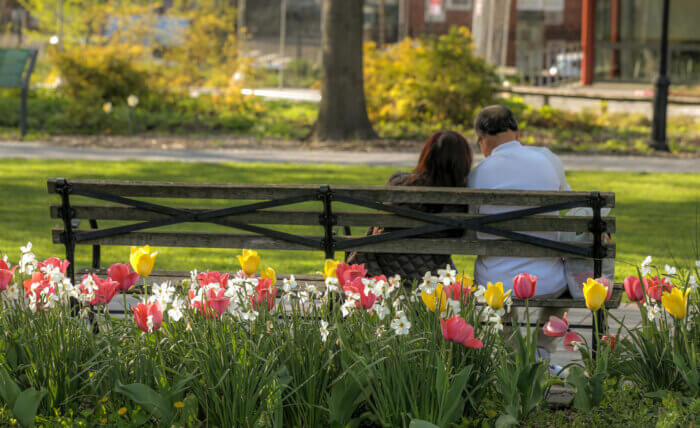
DID YOU KNOW that Cord Meyer Development’s support of local parks dates back more than 75 years? Charles G. Meyer, grandson of company founder Cord Meyer, served with the Park Association of New York City for a number of years and was its president in the late 1950s. He was also the president for two decades of the Queens Botanical Garden Society, an organization his father had founded in 1947.

